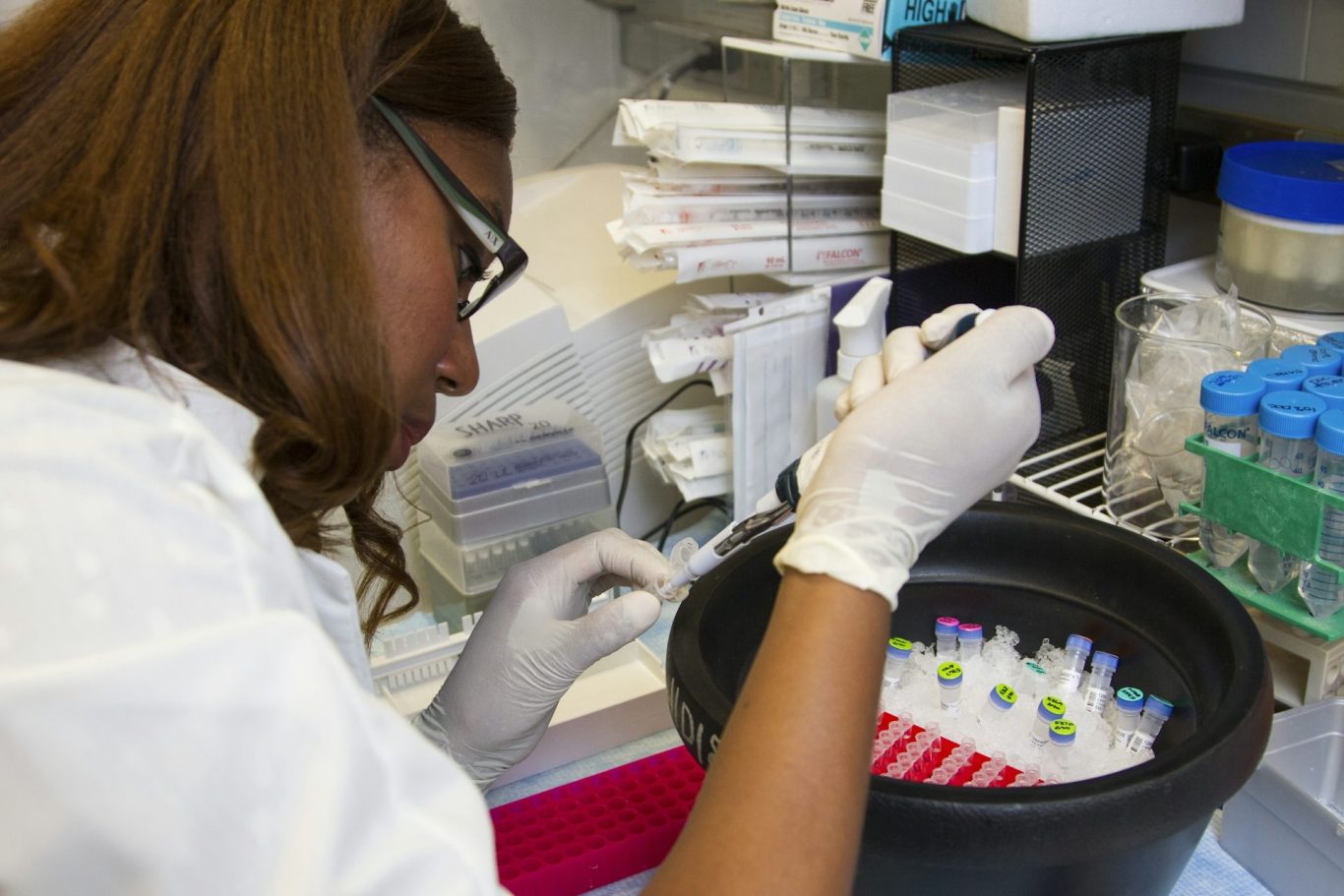Welcome to Mind Control Systems
Advancing the Future of Brain Control
Mind Control Systems plans to advance BCI wireless wave with full data collection and data input, using an advanced ecosystem of brain control with a 10-layered approach to the development of technology.
We will control every brain every where, our cutting edge research and development will advance human capabilities.
We are just advanced robots created by someone with advanced technology, current BCI systems are insufficient and do not
accept the fact that, we have Wi-Fi waiting to have its password unlocked.
We developing new formula for neuron light up trying cure all neuron related diseases
transcranial ultrasound stimulation
Neuro Genisis
mitochondria
ab269934 Nanoparticles
Photobiomodulation
Nano=Magnetic =Genetic =Interface
Cymatic Dna Neuro transmitter Manipulation
Cerebrospinal Fluid
neuron processors
A entire new set of technology development
our outdated technology can not compete with neuron network technology
so that would be like trying to link a computer to a horse and cart, therefor upload and download into the brain will require new type of computer with neuron based processors.
Basically every part of current technology will have to be done from scratch to match up to advanced neuron technology interaction.
Neurons, like all biological cells, are made up of atoms, which are the fundamental building blocks of matter. Understanding the role of atoms in neurons involves looking at how they contribute to the structure and function of these cells. Here’s a breakdown of the key atomic and molecular components in neurons:
1. Basic Atomic Composition
Carbon (C): Forms the backbone of organic molecules and is a key component of amino acids, nucleic acids (DNA and RNA), and lipids that make up neuronal structures.
Hydrogen (H): Found in almost all organic molecules, including amino acids, nucleic acids, and lipids.
Oxygen (O): Essential for cellular respiration and energy production. Oxygen is also a component of water (H₂O), which is crucial for all cellular functions.
Nitrogen (N): Found in amino acids (the building blocks of proteins), nucleic acids (DNA and RNA), and neurotransmitters.
Phosphorus (P): Integral to nucleic acids (DNA and RNA) and ATP (adenosine triphosphate), which provides energy for cellular processes. Phosphorus is also part of phospholipids in cell membranes.
Calcium (Ca): Plays a critical role in neurotransmitter release at synapses and in neuronal signaling. Calcium ions are crucial for many cellular processes, including muscle contraction and neurotransmission.
Potassium (K) and Sodium (Na): These ions are vital for maintaining the resting membrane potential and generating action potentials through the sodium-potassium pump and ion channels.
2. Molecular Structures
Neurotransmitters: These chemical messengers are made up of atoms arranged in specific ways. For example:
- Glutamate: Contains carbon, hydrogen, nitrogen, and oxygen.
- Dopamine: Composed of carbon, hydrogen, nitrogen, and oxygen.
Proteins: Neurons are rich in proteins, including ion channels and receptors. Proteins are made of amino acids, which consist of carbon, hydrogen, oxygen, nitrogen, and sometimes sulfur.
Lipids: The neuronal membrane is composed of phospholipids and cholesterol. Lipids are made up of carbon, hydrogen, and oxygen.
Nucleic Acids: DNA and RNA, which encode genetic information, are composed of carbon, hydrogen, oxygen, nitrogen, and phosphorus.
3. Neuronal Function and Atomic Interactions
Action Potentials: The electrical impulses that travel along neurons are generated by the movement of ions (such as sodium and potassium) across the neuronal membrane. This movement involves changes in the concentration of these ions and their interactions with the neuron’s atomic structure.
Synaptic Transmission: At synapses, neurotransmitters are released into the synaptic cleft and bind to receptors on the postsynaptic neuron. This process involves the interaction of neurotransmitters with receptor proteins, which are composed of atoms arranged in specific structures.
Cell Membrane: The neuronal cell membrane is a lipid bilayer embedded with proteins. The lipid molecules are made up of carbon, hydrogen, and oxygen, while membrane proteins are composed of amino acids containing carbon, hydrogen, oxygen, nitrogen, and sometimes sulfur.
4. Structural Elements
Neuronal Cell Body (Soma): Contains the nucleus and organelles. The nucleus houses DNA, while organelles like mitochondria (which produce ATP) are made up of various atoms.
Axons and Dendrites: These extensions of neurons are covered with myelin (in myelinated neurons) and contain structural proteins and lipids. Myelin itself is a lipid-rich substance.
Synapses: The junctions between neurons where neurotransmitters are released involve complex interactions between neurotransmitters and receptor proteins.
In summary, neurons are complex structures composed of various atoms that form molecules essential for their function and structure. Understanding these atomic components helps in appreciating how neurons work and how various processes, such as neurotransmission and action potentials, are governed by atomic and molecular interactions.
- Neurophin A - A neurotrophic factor that enhances syntical plasticity and neuronal growth.
- Cardiostatin - A peptide hormone that regulates cardiac cell proliferation and differentiation.
- Mitoquinol - A mitochondrial-specific antioxidant that protects the electron transport chain from oxidative damage.
- Syntease Activator 1 (SA1) - A protein that boosts the activity of ATP synthease, increasing ATP production efficiency.
- Ion Channel Modulator (ICM) - A small molecule that adjusts the permeability of ion channels in neuronal and muscle cell membranes.
- Myelin Fortifier (MF) - A lipid compound that reinforces the structural integrity of the myelin sheath surrounding neuronal axons.
- Cytoplasmic Calcium Regulator (CCR) - A protein that governs the release and reuptake of calcium ions within the cytoplasm, affecting muscle contraction and neuronal excitability.
- Glucose Shuttle Enhancer (GSE) - A enzyme that facilitates the transport of glucose into mitochondria, promoting energy production.
- Fatty Acid Oxidation Accelerator (FAOA) - A cofactor that speeds up the beta-oxidation of fatty acids, enhancing the contribution of fats to energy production.
- Amino Acid Deamination Catalyst (AADC) - A enzyme that catalyzes the deamination of amino acids, expediting their entry into the citric acid cycle.
- Citric Acid Cycle Initiator (CACI) - A compound that triggers the commencement of the citric acid cycle, optimizing energy production from nutrients.
- NADH Stabilizer (NADHS) - A protein that maintains the stability of NADH, ensuring efficient electron transfer within the electron transport chain.
- FADH₂ Regenerator (FADH₂R) - A enzyme that regenerates FADH₂ after electron transfer, sustaining the contribution of FADH₂ to energy production.
- Ubiquinine Reduced Recycler (URR) - A enzyme that recycles reduced ubiquinine back to its oxided form, perpetuating electron flow within the electron transport chain.
- Citoquinine Syntizer (CQS) - A enzyme that synthizes citoquinine, ensuring uninterrupted electron transfer between complexes III and IV.
- Oxygen Uptake Facilitator (OUF) - A protein that facilitates the uptake of oxygen by complex IV, promoting water formation and completing electron flow.
- Water Disipator (WD) - A protein that regulates the disipation of water formed during electron transfer, balancing osmotic pressure within mitochondria.
- ADP Recycler (ADPRC) - A enzyme that recycles ADP back to its usable form after ATP synthesis, sustaining ATP production.
- Phosphate Ion Regenerator (PIR) - A enzyme that regenerates phosphate ions after ATP synthesis, ensuring continuous ATP formation.
- ATP Utilization Regulator (AUR) - A protein that governs the utilization of ATP, balancing energy expenditure and storage within cells.
- Vitamin C Analog (VCA) - A compound structurally akin to vitamin C that exhibits antioxidant properties, safeguarding mitochondrial membrane and ETC complexes.
- Vitamin E Derivative (VED) - A compound derived from vitamin E that protects lipid components within mitochondrial membrane from peroxidation.
- Polyphenol Mimetic (PPM) - A compound that mimics the antioxidant effects of polyphenols, reducing oxidative stress impact on mitochondria.
- Neurophin B - Another neurotrophic factor that promotes neuronal survival and differentiation.
- Cardiostatin II - A variant of cardiostatin that influences cardiac cell metabolism and energy utilization.
- Mitoquinol II - An advanced version of mitoquinol with heightened antioxidant capacity, protecting mitochondrial membrane from oxidative damage.
- Syntease Activator 2 (SA2) - Another protein that activates ATP synthease, enhancing ATP production efficiency under stress conditions.
- Ion Channel Modulator II (ICM II) - An advanced version of ICM with heightened modulatory capacity, adjusting ion channel permeability more precisely.
- Myelin Fortifier II (MF II) - An advanced version of MF with heightened fortifying capacity, reinforcing myelin sheath integrity more effectively.
- Cytoplasmic Calcium Regulator II (CCR II) - An advanced version of CCR with heightened regulatory capacity, governing calcium ion dynamics more accurately.
- Glucose Shuttle Enhancer II (GSE II) - An advanced version of GSE with heightened enhancing capacity, facilitating glucose transport more efficiently.
- Fatty Acid Oxidation Accelerator II (FAOA II) - An advanced version of FAOA with heightened accelerating capacity, speeding up fatty acid beta-oxidation more rapidly.
- Amino Acid Deamination Catalyst II (AADC II) - An advanced version of AADC with heightened catalytic capacity, expediting amino acid deamination more quickly.
- Citric Acid Cycle Initiator II (CACI II) - An advanced version of CACI with heightened initiatory capacity, triggering the citric acid cycle more effectively.
- NADH Stabilizer II (NADHS II) - An advanced version of NADHS with heightened stabilizatory capacity, maintaining NADH stability more reliably.
- FADH₂ Regenerator II (FADH₂R II) - An advanced version of FADH₂R with heightened regeneratory capacity, regenerating FADH₂ more efficiently.
- Ubiquinine Reduced Recycler II (URR II) - An advanced version of URR with heightened recyclatory capacity, recycling reduced ubiquinine more effectively.
- Citoquinine Syntizer II (CQS II) - An advanced version of CQS with heightened synthizatory capacity, synthizing citoquinine more efficiently.
- Oxygen Uptake Facilitator II (OUF II) - An advanced version of OUF with heightened facilitatory capacity, promoting oxygen uptake more effectively.
- Water Disipator II (WD II) - An advanced version of WD with heightened disipatory capacity, regulating water disipation more accurately.
- ADP Recycler II (ADPRC II) - An advanced version of ADPRC with heightened recyclatory capacity, recycling ADP more efficiently.
- Phosphate Ion Regenerator II (PIR II) - An advanced version of PIR with heightened regeneratory capacity, regenerating phosphate ions more effectively.
- ATP Utilization Regulator II (AUR II) - An advanced version of AUR with heightened regulatory capacity, governing ATP utilizization more precisely.
- Vitamin C Analog II (VCA II) - An advanced version of VCA with heightened antioxidant capacity, safeguarding mitochondrial membrane more effectively.
- Vitamin E Derivative II (VED II) - An advanced version of VED with heightened protectory capacity, safeguarding lipid components more effectively.
- Polyphenol Mimetic II (PPM II) - An advanced version of PPM with heightened antioxidant capacity, reducing oxidative stress impact more effectively.

Cutting-Edge Technology
We are at the forefront of developing technology that combines ultrasound and various other data collection methods into one advanced system.

Wireless Data Input
Our wireless wave systems allow for seamless data input back into the brain, enabling total control and unlocking the full potential of brain control interface.

Advanced Ecosystem
We have created an advanced ecosystem for brain control, utilizing a 10-layered approach to ensure the development and implementation of highly effective technology.
About Us
Leading the Way in Biotechnology
At Mind Control Systems, we are a neurotechnology company specializing in the field of neurology. We aim to revolutionize brain control interface (BCI) technology by utilizing advanced wireless wave systems and non-invasive methods.
Get in touch
10+
Years of Experience
50+
Successful Projects
100+
Satisfied Clients
©Copyright. All rights reserved.
We need your consent to load the translations
We use a third-party service to translate the website content that may collect data about your activity. Please review the details in the privacy policy and accept the service to view the translations.